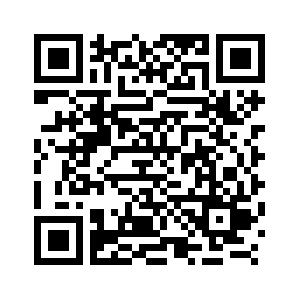WINDHOEK, Dec. 4 (Xinhua) -- The Namibia Statistics Agency (NSA) on Wednesday launched the National Population Proximity Atlas 2024, providing detailed insights into the population's proximity to health facilities and telecommunications network coverage.
"This atlas is the first in a series of specialized publications in proximity reports from the census that will explore critical themes such as population proximity to education facilities, water infrastructure, and transportation networks," NSA Statistician-General and Chief Executive Officer Alex Shimuafeni said at the launch event.
The atlas is based on data collected during Namibia's first digital and spatially enabled census conducted in 2023, which used geospatial technology to collect precise geographic coordinates for every dwelling unit and household.
The report reveals that 87.1 percent of Namibia's population lives within 10 km of a health facility, while urban areas have a coverage of 99 percent compared to 75.3 percent in rural areas.
Regions such as Kharas, Hardap, and Kunene were identified as having the lowest access, with some communities traveling up to 119.9 km to the nearest health facility, said Shimuafeni, adding that the furthest locality in Hardap has a population of 63 persons only.
On telecommunications coverage, 93 percent of the population has access to 2G, 3G, or 4G networks. The regions of Hardap, Khomas, and Oshana achieved 100 percent coverage for all health facilities.
"This initiative represents a significant leap in Namibia's ability to provide highly disaggregated, spatially integrated data for evidence-based planning and decision-making," Shimuafeni said.
He added that the Atlas aligns with the NSA's Strategic Plan 2022-2027, which emphasizes the production of non-traditional statistics.
The NSA plans to release additional atlases focusing on education facilities, transportation networks, and government infrastructure. ■







